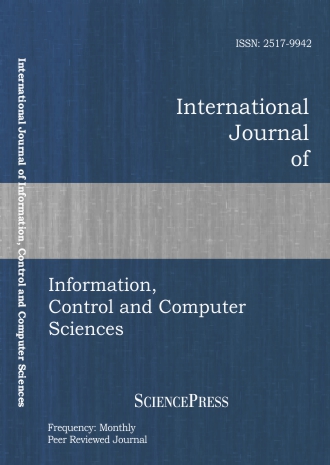
Scholarly
Volume:3, Issue: 1, 2009 Page No: 166 - 176
International Journal of Information, Control and Computer Sciences
ISSN: 2517-9942
952 Downloads
Mobile Robot Path Planning Utilizing Probability Recursive Function
In this work a software simulation model has been proposed for two driven wheels mobile robot path planning; that can navigate in dynamic environment with static distributed obstacles. The work involves utilizing Bezier curve method in a proposed N order matrix form; for engineering the mobile robot path. The Bezier curve drawbacks in this field have been diagnosed. Two directions: Up and Right function has been proposed; Probability Recursive Function (PRF) to overcome those drawbacks. PRF functionality has been developed through a proposed; obstacle detection function, optimization function which has the capability of prediction the optimum path without comparison between all feasible paths, and N order Bezier curve function that ensures the drawing of the obtained path. The simulation results that have been taken showed; the mobile robot travels successfully from starting point and reaching its goal point. All obstacles that are located in its way have been avoided. This navigation is being done successfully using the proposed PRF techniques.
Authors:
Keywords:
References:
[1] Jan Willemson1 and Maarja Kruusmaa, "Algorithmic Generation of Path